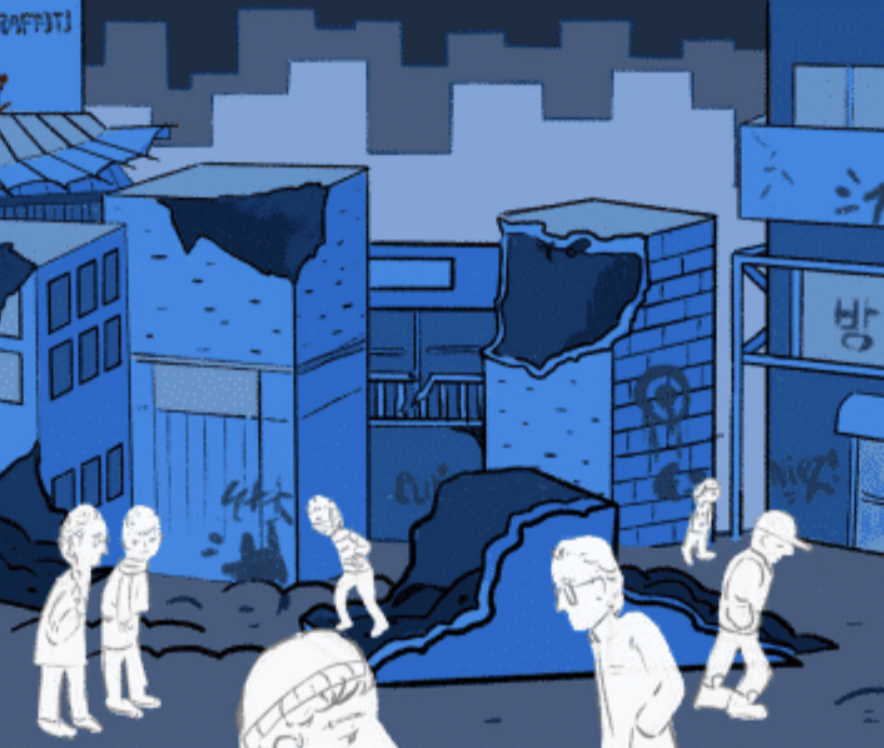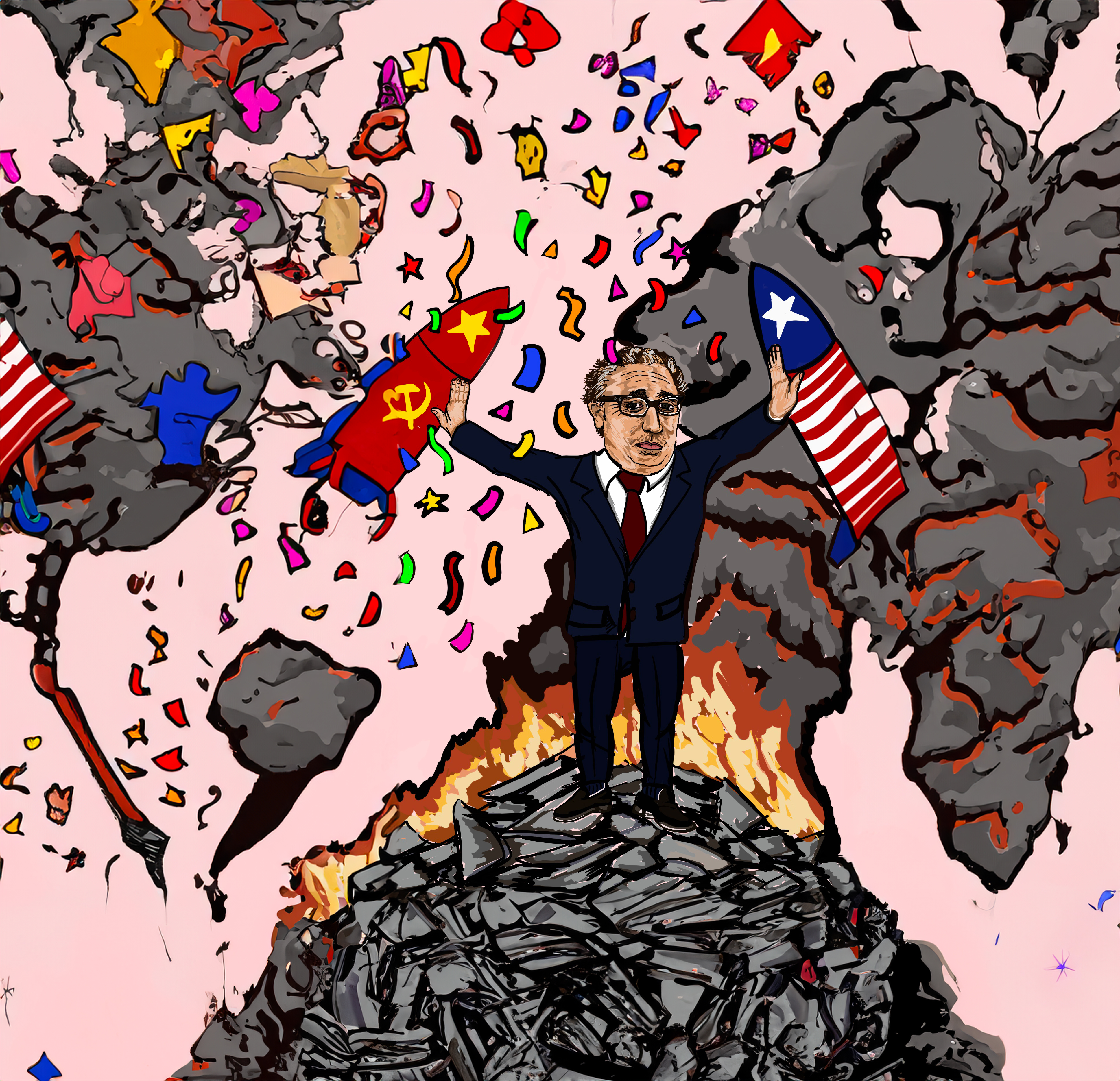Over the past few weeks, Amazon has laid off hundreds of employees from its headquarters in Seattle. While no official reason was given, in a statement, Amazon claimed that the firings were “head count adjustments” and that such adjustments included “small reductions in a couple of places and aggressive hiring in many others.” Still, Amazon’s layoffs were its first major reduction in its workforce in several years, going against the trend of mass-hiring that Amazon underwent last year when it added over 130,000 jobs. Nonetheless, the firings had some worried that they were only the beginning of a massive gutting of some of Amazon’s older departments in favor of newer areas such as its voice-assistant, Alexa. However, Amazon’s sudden cuts are not something to worry about, and its more pressing issues must be addressed.
Certainly whenever a company begins laying off employees, it spells out bad news for the future of the company. However, for a company like Amazon, which currently employs over 560,000 employees globally, a few hundred workers hardly make a difference in the company as a whole. Additionally, the cuts are not indicative of a downturn in Amazon’s performance or stability, but rather a strategic move to move the company forward. In fact, Amazon currently has over 3,900 job listings in Seattle alone, so clearly the overall status of the company is not in question.
One of the more pressing issues in the company, however, is the location of “HQ2,” a second headquarters to help Amazon accommodate for its massive size and consumer base. Amazon has played the decision as a sort of contest between cities, giving attention to cities and states willing to offer tax cuts and other benefits in order to attract the tech giant to their city. The competition favors larger cities that can offer considerable tax cuts and a large workforce, but many cities, including five cities in Connecticut, cannot compete with the sheer size or economic strength of larger cities like New York and Washington, DC. Amazon opening a new headquarters is a non-issue, but the method of pitting cities against cities is somewhat indicative of the influence the company has in society.
On the subject of influence, Amazon also threatens entire industries in the U.S. via its monopolistic tendencies. For example, Amazon’s rise in success considerably damaged the bookstore industry by driving many chains and stores out of business. Now, seemingly playing a cruel joke, Amazon is opening physical bookstores that are replacing the very stores that Amazon forced to close. Hiding behind a masquerade of innovation, Amazon thrives on capitalism. The company is venturing into nearly every sector and industry, most recently announcing it would be forming a healthcare insurance company, creating a massive monopoly. While Amazon manages to avoid responsibility for monopolies and putting other companies out of business by maintaining a positive consumer image, it actively and rather savagely works to become a part of everyone’s lives, whether they like it or not.
Amazon’s firings are certainly upsetting for those affected, but in the large scale, uproar over small changes like those serve only to draw the light away from society’s increasing dependency on the company. With almost $2 billion in profit in the last quarter, Amazon is going nowhere fast, but the company’s long-term effect on the average person remains to be seen.




